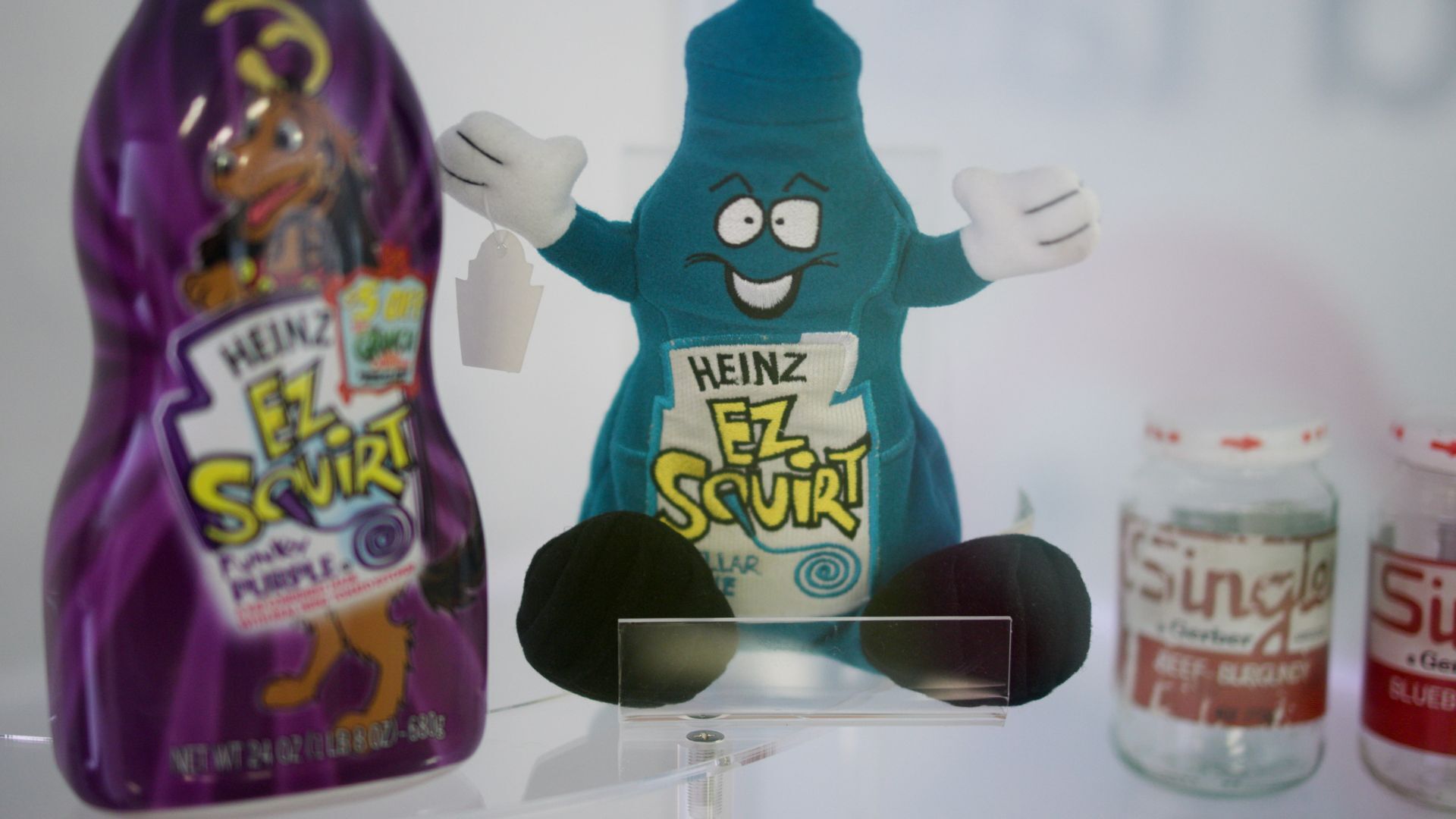
New Coke, Blockbuster, Little Miss No Name!
These were such epic fails that clinical psychologist Dr. Samuel West decided to put them in a museum.
Dr. Sam West: “The aim of the museum is to really drive home the point that we need to accept failure if we want progress, we want innovation.”
West defines a failure as a deviation from the expected or desired results.
The exhibit is filled with all sorts of things that didn’t go as planned like Harley Davidson cologne or the HD DVD. West hopes to help people improve their ability to learn from failure.
Dr. Sam West: “I started the museum because I was frustrated with all the success stories. And in my field of work, innovation and business, there’s just too much too many successful, happy, rich people trying to say, look at me do like I do, and you’ll be happy. And we all know that’s not the truth.”
Kashiff Thompson took his daughter Riley hoping to teach her that lesson.
Kashiff Thompson: “We homeschool our daughter and it’s important, I think, for her to see that it’s okay to try things and failure doesn’t mean you give up, it means that it can lead to something different.”
Riley Thompson: “I hope to learn a bit more about the failed products and why they were failed and what they learned from it.”
There are products that arguably came before their time like Pets.com. It was supposed to be the Amazon of pet products.
Jeff Bezos was even an early investor.
But after opening in 1998 it closed in 2000 partly due to selling too many bags of dog food at a loss.
Then there’s the Segway.
The inventor of this electric chariot said in 2001, Segway, “will be to the car what the car was to the horse and buggy.”
That didn’t happen. But go around big cities like DC and electric scooters are now everywhere, helping people get to work or the bar.
One of the interactive fails is the hula chair. It was designed to help people who sit all day at work build their abdominal muscles. It operates on a level from one to nine. Perhaps they would have had more success if it turned up to 11.
Nick from DC: “Many of the failures actually in unexpected ways helped create better innovations.”
One of Nick’s favorite examples is the Nintendo Power Glove. The product was not a success but the motion control technology ultimately led to the Nintendo Wii which sold more than 100 million units worldwide.
Dr. West: “the Segway, or the Nintendo Power Glove, or Nintendo Virtual Boy, these were all failures, commercial failures that changed, you know, technology forever.”
The museum of failure is a pop up exhibit based in Washington DC until December 10 before moving on to another, yet to be determined city.







